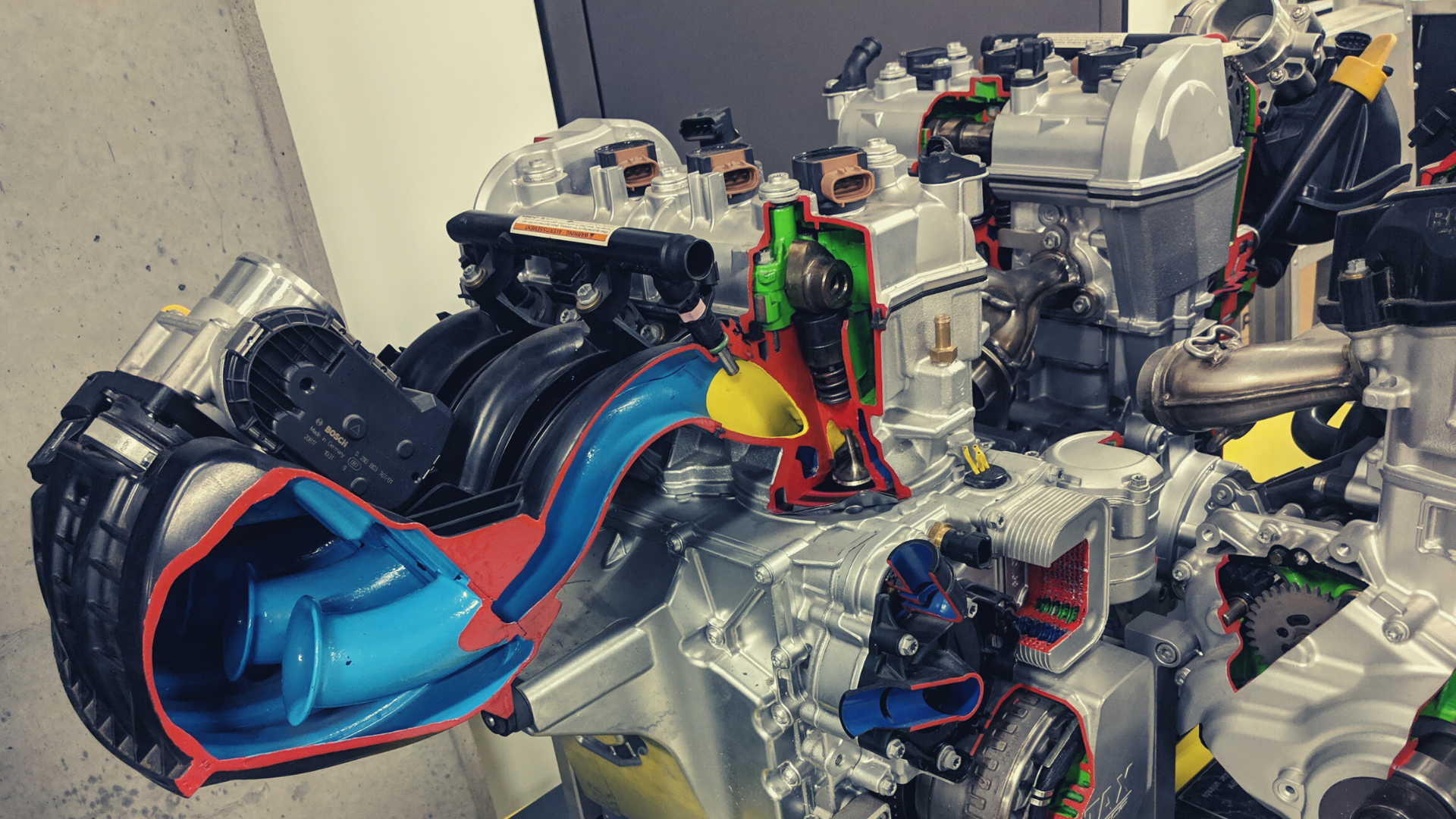Best 3D CAD Rendering Software in 2021- Zea Inc.
Zea provides a next-generation 3D web platform to leverage CAD assemblies for downstream applications such as PLM applications, technical...
2 min read
![]() Zea
:
Fri, Jun 18, '21
Zea
:
Fri, Jun 18, '21
Why is it important to optimize CAD files for the web and what is the difference between a graphics engine designed for games VS one designed for CAD? Get answers to these questions and more with Zea, OVA, and the CDRIN.
Watch Philip, Pierre-Luc and Antoine discuss using CAD data in downstream applications.
As real-time 3D rendering evolves and visionary leaders brainstorm what the next generation of web applications will look like, we notice a discrepancy between project requirements and the product offering from the leading solutions on the market.
After building WebGL rendering technology for major engineering companies, Zea migrated to building a new CAD-centric visualization engine designed around the needs of design and manufacturing. Starting with native CAD files, right to high-performance visualization in the browser, Zea develops an end-to-end solution that optimizes every step—working with visionary clients to fine-tune the engine for various use cases.
Those early clients all had very different and specific problems that needed solving, forcing our engine architecture to be the most extendable platform on the market.
At Zea, we obsess over how to make 3D on the web faster, easier, and more open. In response to the problems we kept getting hired to solve, we designed a web-based 3D rendering engine specifically for CAD instead of optimizing CAD for a 3D engine.
To analyze the top issues affecting CAD rendering on the web, Zea commissioned a study to the Centre de développement et de recherche en intelligence numérique (CDRIN), an independent research center focusing on assisting companies in developing their capacities in AI, Machine Learning, Computer Vision, and 3D Rendering. The study selected four platforms as the primary focus of testing comparison:
The framerate measurement process focused on using each platform's most prevalent or built-in framerate counting tool, as well as enforcing similar scene complexity across all tests. The data used was from the LotsOfBoxes dataset, which is a collection of 15 3D models in the FBX file format, representing incrementally larger numbers of simple boxes of random dimensions with different topology (i.e., number of vertices per faces), custom made and provided for the benchmark by Zea Inc. The files represent 1k, 2k, 3k, 4k, 5k, 6k, 7k, 8k, 9k, 10k, 20k, 30k, 40k, 50k, and 100k premade boxes.
The study provides insight into the issues affecting rendering CAD models on the web that we identified at the beginning of this paper.
Here are the results obtained in the study of the performance by the number of boxes and engine, in Frames Per Second (FPS).

Click here to download the full PDF report.
Contact Us for more information, review the test methodology, discuss the results in further detail, or determine if Zea is a good fit for your projects.

Zea provides a next-generation 3D web platform to leverage CAD assemblies for downstream applications such as PLM applications, technical...

Interactive online learning with 3D CAD models is when you reuse the 3D CAD model from engineering to create rich and realistic 3D interactive...

So, you're a 3D CAD pro and you're probably thinking, "Why would I need an app like Zea to create 3D illustrations?" Well, let's break it down. We're...